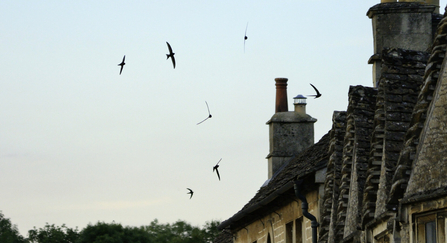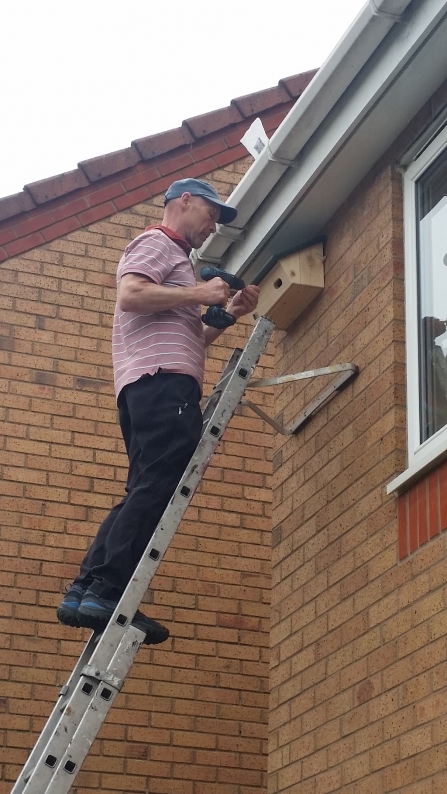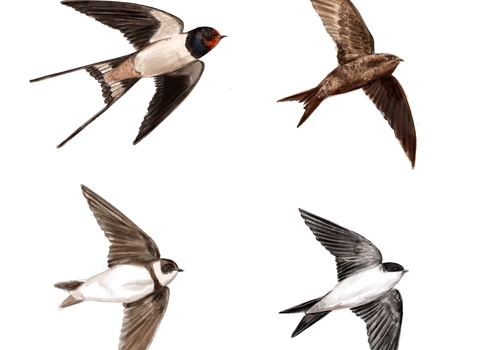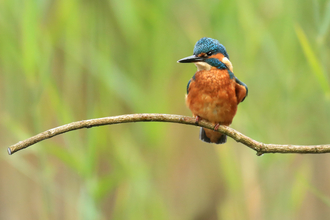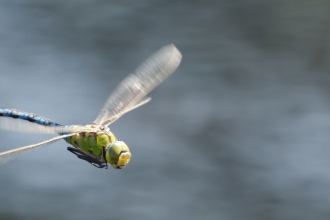Swifts are such an iconic bird in the UK that they even have a whole week dedicated to them – Swift Awareness Week – which raises awareness about their conservation.
Are swifts common in the UK?
Though we still see swifts return to our shores each year, their soaring crowds are thinning out; their joyful screams muting. In fact, swift numbers have plummeted by 65 per cent in just 25 years.
Swifts are in decline because they have fewer places to breed and less food. They nest under the eaves of buildings or in crevices in walls, which is bad news when building refurbishments mean these nooks and crannies are lost. Then there is the issue with their sole food source: insects.
Swifts eat as many as 100,000 flying insects a day. It’s a huge energy requirement, and with insects declining at a faster rate than ever before, many swifts just can’t find enough food to sustain themselves.


